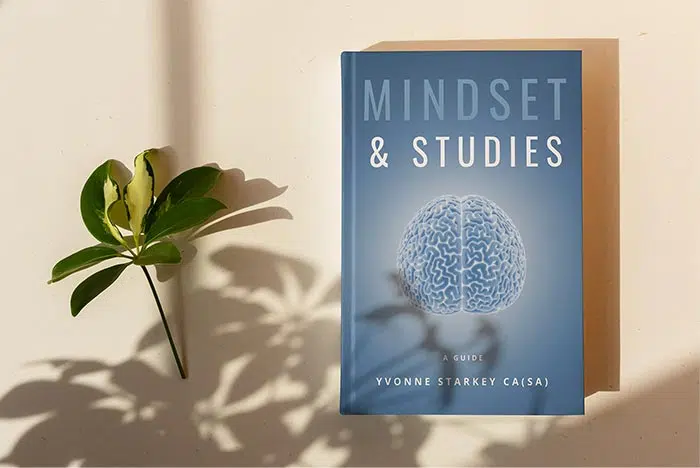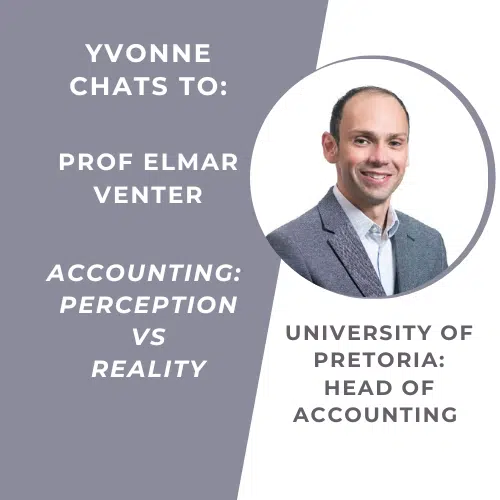Every year, I see CTA students dragging their precious SAICA books around with them. Their car could be stolen, they could lose their wallet… but as long as those books are safe, the world can still go on!
Those SAICA books become the most valuable thing you own, because they’re the books you can take into your exams… and that makes them more important than food, money, friends, maybe even family!
As the academic year begins, it’s important to make sure we start off on the right foot, with the right skills. Before your CTA studies begins in earnest, I want to cover some ground on the use of your open books and how to get the most out of them, if you don’t already.
Tagging
This has to be the best and worst idea for students in an open-book exam. On the one hand, it appears to help you, since you can leave a tag on the most important chapters / pages / sections to save you time in your exam.
On the other hand, EVERYTHING in CTA is important, so students end up having debates and contests over who has the most tags; discussions on how and where to fit more tags on their books and bragging rights for the most tags per page. By the end of the year, there are more tags than pages, and you’ve had to develop an archiving, colour, shape and size system for how your tags work. In an exam, you’ll spend as much time going through all your tags as you’d have done scratching through the pages of your books! Does this sound familiar?!
While the concept of tagging is a sound one, it has made students lazy. The intention is to speed up the process of finding a particular section, but to a large extent, students use this almost as though there is NO OTHER WAY to find the page in that book.
Go back to basics. They’re called Index pages. Before you get carried away with tagging, make sure you’ve gone through the index pages of your books. The more you’re comfortable with the contents, the less you’ll have to rely on tags. Sure, this is going to take a little bit of time in the beginning, but it will give you a much better mental picture of the layout of the books, before you decide what to tag.
Also, at the beginning of the year, you won’t be very comfortable with your books. By the time you write your tests and exams, you’ll be a lot more familiar with the contents and chapters, so reconsider your tags before your exams. Remove those that you needed right in the beginning, but don’t need anymore because you know your way around the chapter.
Highlighting
Again, this is a double-edged sword. Highlighting is supposed to bring the most important words / concepts to your attention as fast as possible. This becomes rather pointless if your idea of highlighting is to colour the page in from top to bottom in different colours! (Don’t deny it! You know you do this!)
This is a little trickier than the tagging, since you can’t delete highlighting once it’s been done. You have to get it right the first time! The warning here is to think very carefully before you start your highlighting. Think about how you want to structure your highlighting before you start.
My campaign for students… “SAVE THE HIGHLIGHTER!”
Treat your highlighter as an endangered species. Use it as little as possible, and then less! Read the sentence more than once before you put your highlighter down on the page. DON’T highlight as you read, because you will generally highlight more words this way. Always identify the gist of the sentence and then the words that will trigger the concept, before you pick up your highlighter.
TIP: DON’T HIGHLIGHT EXPLANATION PARAGRAPHS IN YOUR REFERENCE BOOKS!
You don’t need explanations in exams… by then it’s a little late to be trying to understand the sections! When you’re highlighting, focus on highlighting points that will get you marks in an exam.
Index and Content pages
Use Index and contents pages to your advantage. You can use these as very handy exam tools when you’re writing, to trigger topics or areas you have to deal with in a question (this is especially true in Auditing, and those Evidence chapters in the ISA’s)
A quick glance down the index page will tell you exactly where to find each chapter, and may even trigger a chapter / concept you may have forgotten to include in your solution.
More important is how you use the contents pages within the chapter. Again, I’m thinking especially of the ISA’s while I write this.
Each Standard has a structure. Get used to this structure within each subject.
The more comfortable you are with this structure, the easier it will be to find useful details in your books. (Eg: Most of the ISA’s have a section called Requirements… this will be where you find most of the audit procedures relating to that chapter). Again, this will decrease the need for you to highlight so much detail, and reduce the tagging necessary.
A really useful highlighting technique is to highlight chapter headings, sub-heading and paragraph detail in different colours. This will immediately emphasise the structure for you in an exam. So highlight chapter headings in pink, sub-headings in orange, and paragraph content in yellow. Sometimes in an exam, the sub-headings will trigger marks for you without needing detail from the paragraph contents.
In some cases, the references at the end of the paragraphs are really helpful for marks (I’m thinking again of the ISA’s, where they’ll include Reference to the Application Paragraphs at the end of the section.) If you’re studying, and find useful pointers in these Reference paragraphs, highlight the Reference at the end of the paragraph itself in blue, so you know to turn to the Application paragraph when using that section.
Conclusion
You should be using your reference books to assist you in exams, but in order to do so, you need to have a solid approach for prepping these books and using them.
Good luck with the beginning of your year!















5 Comments
Thanks a lot Yvonne, if find these tips very useful!
Thanks yvonne this was just what i was thinking!
Thank you very much for the tips.
Hi Yvonne, I’m currently a CTA student and your articles are honestly helping me cope with the stresses of this new year. Thanks for the flagging and highlighting tips, duly noted.
Highly appreciate this advice…